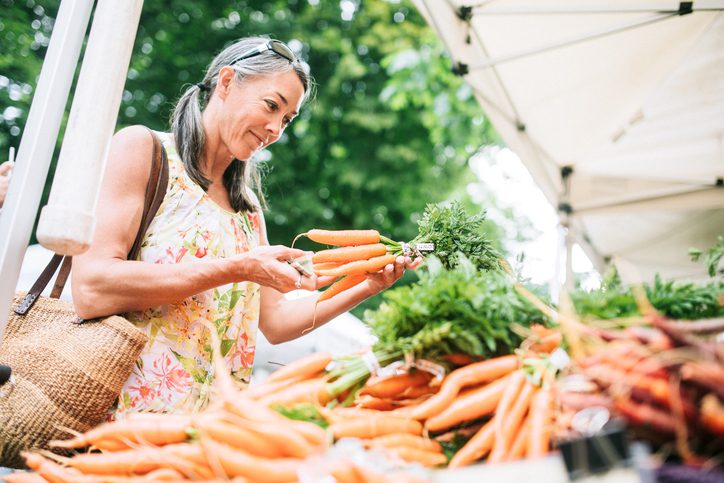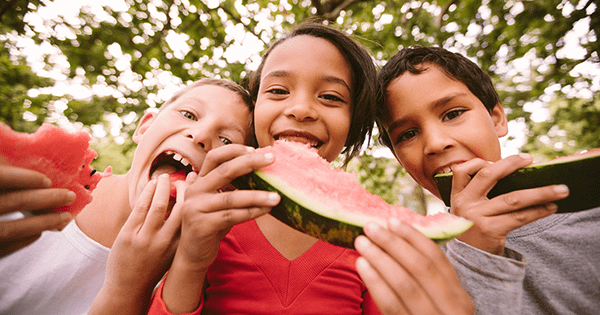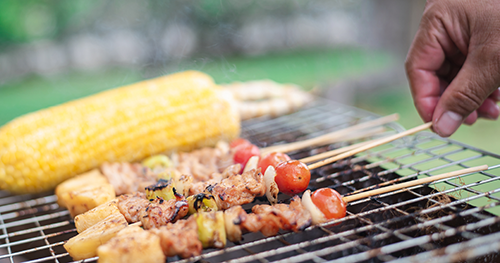
by jennie | Jan 19, 2024 | Awareness, Mental Health, Physical Health
February is American Heart Month – a month to focus on cardiovascular health as an important part of your daily self-care routine. Embracing heart-healthy goals not only contributes to our overall well-being but sets the stage for a vibrant and fulfilling life....

by jennie | Dec 12, 2023 | Mental Health, Physical Health
As the new year begins, many of us set goals to improve our health. However, one crucial step in this journey is often overlooked—your annual wellness visit. This comprehensive check-up is more than a routine doctor’s appointment; it’s a proactive approach...

by jennie | Nov 22, 2023 | Emotional Health, Mental Health, Physical Health
The holiday season is full of opportunities to spread joy and do good in the world. Did you know that giving—whether helping someone, volunteering, making a charitable contribution, or giving a gift—is good for your mental and physical well-being? Let’s look at the...

by jennie | Oct 13, 2023 | Nutrition
Fresh fruits and veggies are nutrient-dense foods that are vital to your health. Eating local, in-season produce is the best bet for your money, because you’ll get the highest quality vitamins and minerals—plus in-season fruits and vegetables tend to be more...

by jennie | Sep 18, 2023 | Local, Mental Health, Physical Health
Nature + Exercise = Health Spending time in nature is excellent for your health, and so is exercise. When you combine these two activities and exercise outdoors, you enjoy many health benefits, including lower stress and anxiety levels, a better mood, and lower blood...

by jennie | Aug 11, 2023 | Awareness, Physical Health
You might believe that colon cancer is only a problem for older adults—but you’d be wrong. Colorectal cancer cases (which includes both colon and rectal cancers) in Americans under the age of 50 have increased by about 50% in the last thirty years, including new cases...

by rachael | Jul 19, 2023 | Nutrition, Physical Health
Our cells, blood, muscles, tissues, and brain all rely on water to function properly. Staying hydrated is vital to keep your body well and to avoid overheating, especially in the summertime, during extreme heat waves, and if you work outdoors or are active. To stay...

by rachael | Jun 13, 2023 | Nutrition, Physical Health
Summer: ‘tis the season for cookouts! While a typical BBQ can include some not-so-healthy menu items (hello, hot dogs!), it doesn’t have to be that way. Follow these tips to keep your backyard grilling light, healthy, nutritious—and fun! Taste the best flavors of the...

by rachael | May 25, 2023 | Local
Time outdoors provides a range of physical, emotional, and mental benefits for your health and well-being and is something that people of all abilities should be able to enjoy. Whether you have a wheelchair, walker, stroller, or another mobility device, or simply want...

by rachael | Apr 18, 2023 | Emotional Health, Mental Health, Physical Health
While it’s common to think of just your body when you think of health, there are other vital parts to consider: how you think, feel, and act, and the social support system you have in place—in other words, your behavioral/mental health and social well-being. These...











